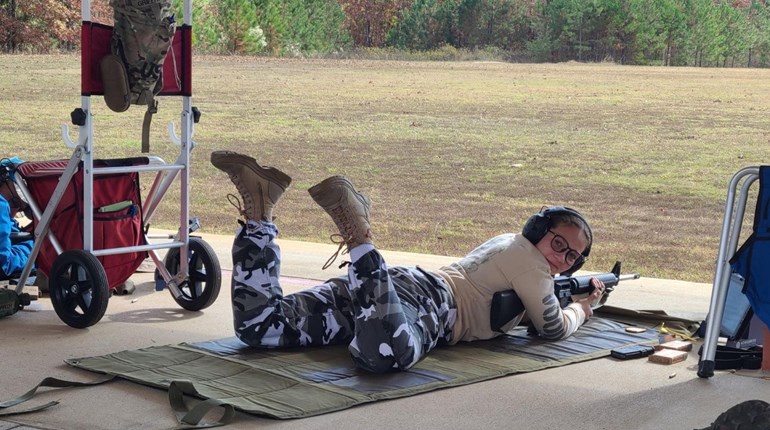
Q. I’ve begun reloading and have noticed the ballistic coefficient of identical-diameter bullets (.223 Remington in my case) increase with heavier bullets. With identical designs and same frontal area being pushed through the air, it doesn’t seem to make sense. Why does the ballistic coefficient improve with more weight?
A. All other things being equal, the added weight increases the bullet’s length and the sectional density of a bullet. Basically, that means less wind drift. Bullet mass plays a part in wind drift and for a competitive shooter, that’s probably enemy number one.
—Paul Box, ballistic technician, Sierra Bullets
The Sierra Bullets Blog also has a wealth of useful information on this subject. For example, the "Bullet Selection 101" article has helpful tips for selecting projectiles with regards to BC characteristics. Although it is a few years old, the information within is still relevant. See below for an excerpt.
"Sheer accuracy of a bullet with low ballistic coefficient characteristics can be outperformed by a slightly less accurate bullet in your gun system. If the bullet has a higher ballistic coefficient design and the wind conditions cause the less efficient bullet to drift enough more to overcome the accuracy differentiation you will experience better groups or higher scores with the slightly less accurate yet more efficient bullet."
Another great resource is the series of articles that our friends at Applied Ballistics have available for free on their website. You can learn more about these articles here. Be sure to grab a cup of coffee (or a beer), because you are probably going to want to read all 37 of them.
Please submit your questions to [email protected].
Lead photo (Berger 175-grain Tactical .308 Win.) courtesy of Applied Ballistics.



































